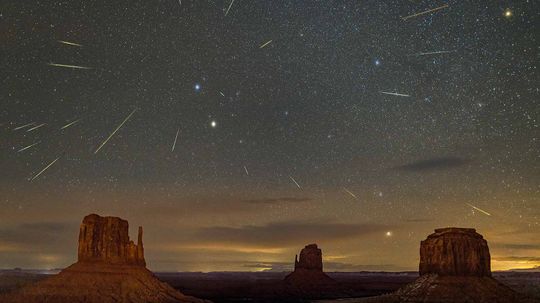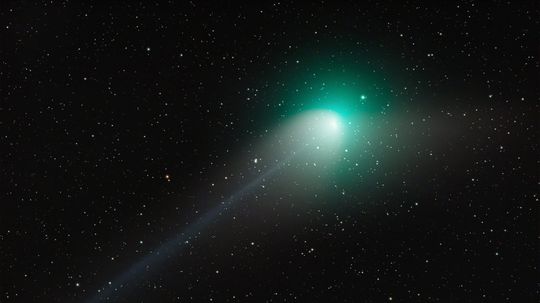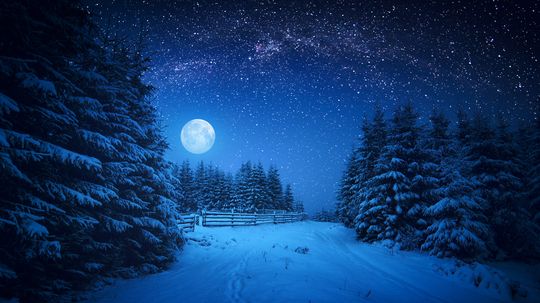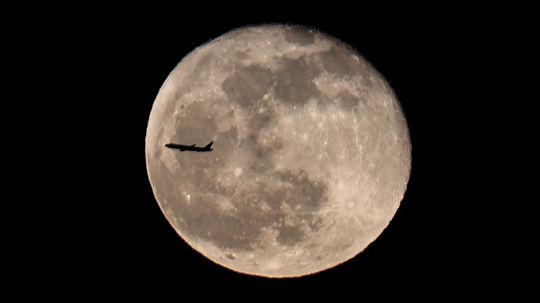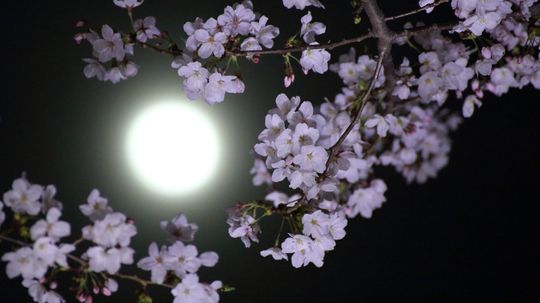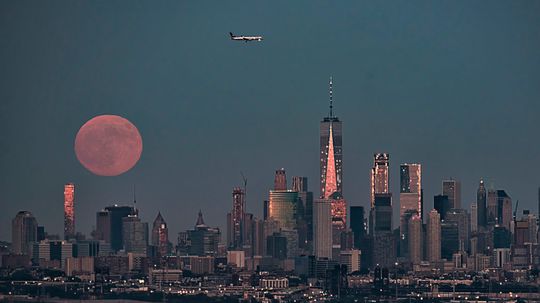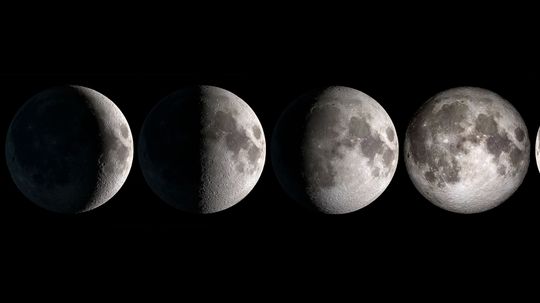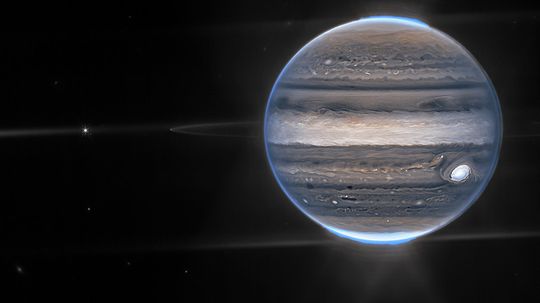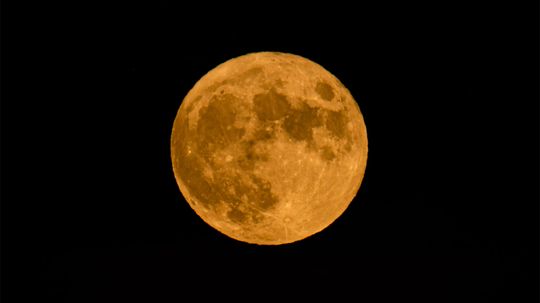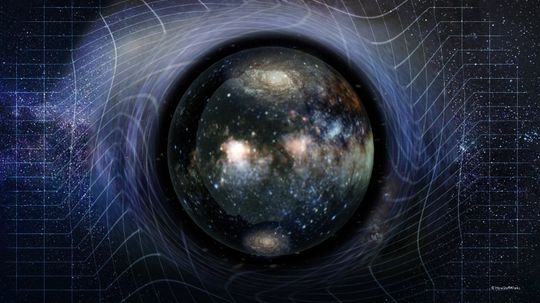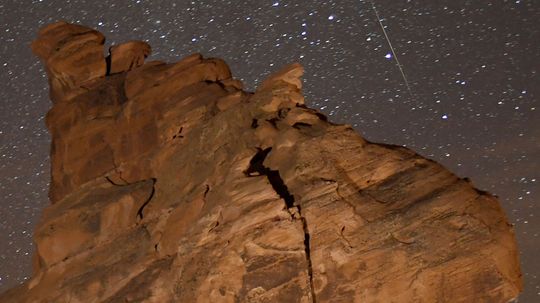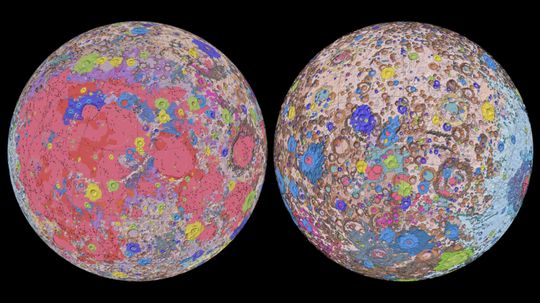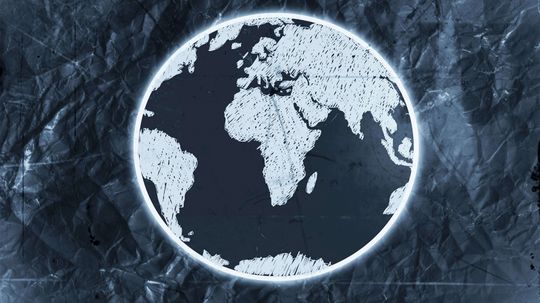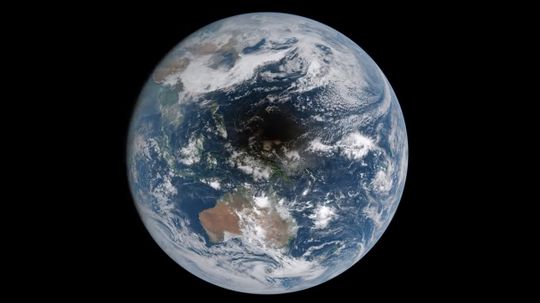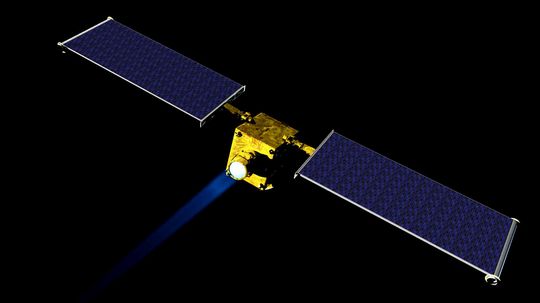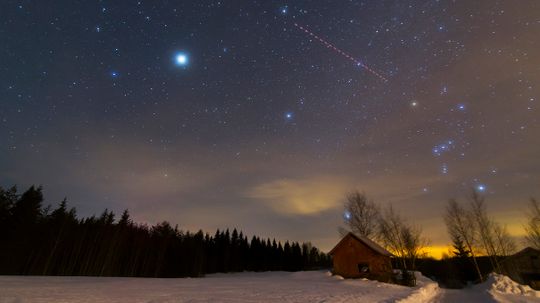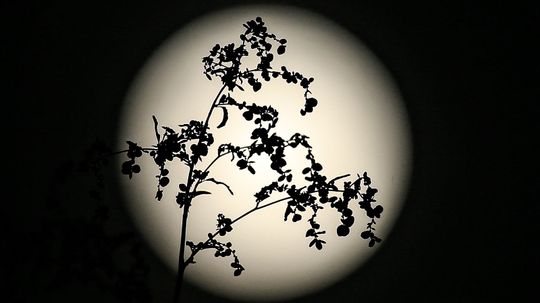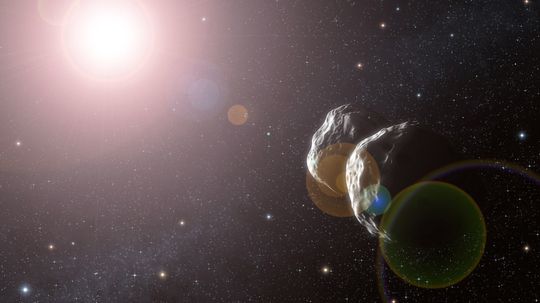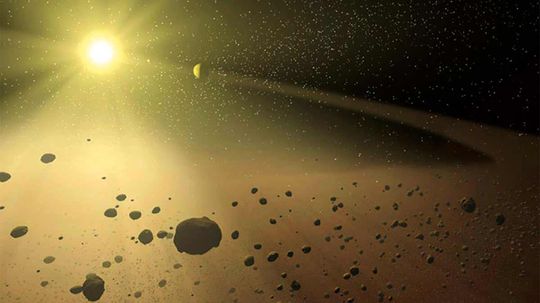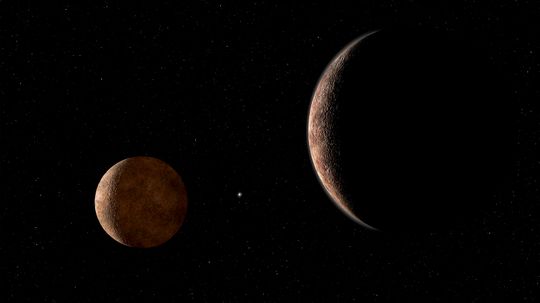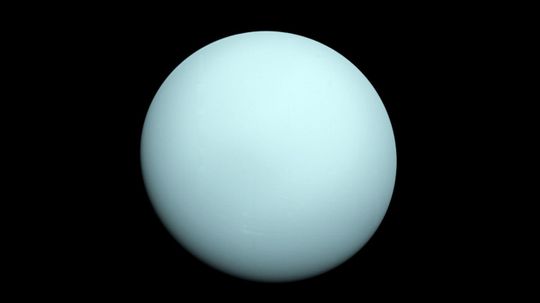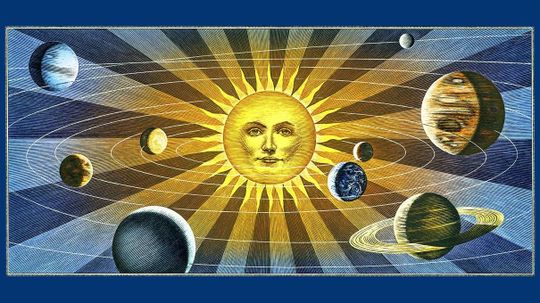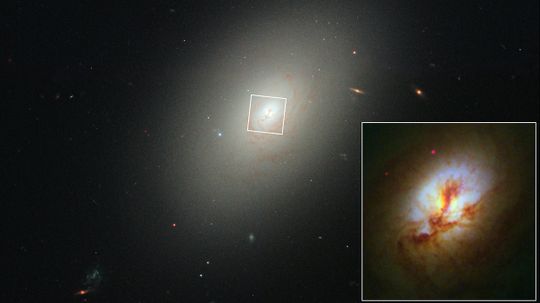The Solar System
In the Solar System Channel, you can explore the planets and celestial objects around our own sun. Learn about topics such as Mars, Jupiter and the Moon.
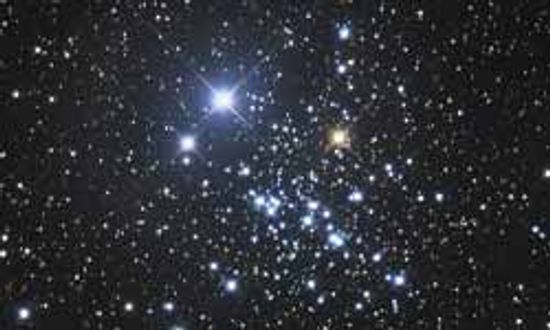
Constellation Pictures
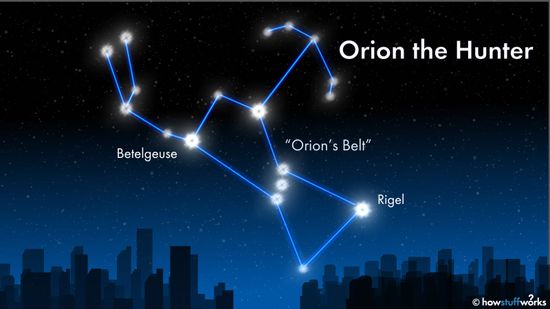
How to Find Orion's Belt in the Night Sky

Radio Telescope Image Gallery
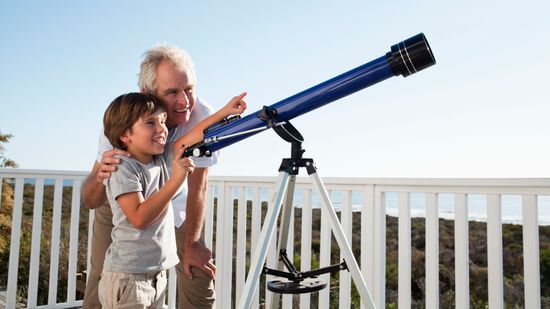
How do I build a telescope at home?
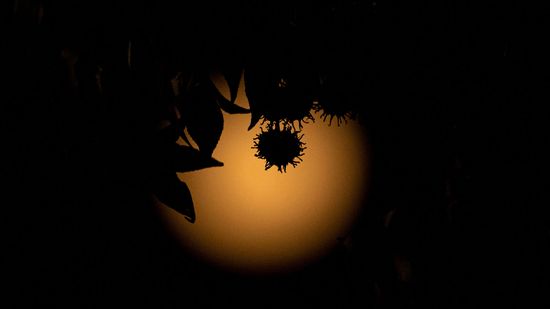
Shooting the Stars as an Astrophotographer

The Largest Star in the Universe Is 1,700x Bigger Than Our Sun
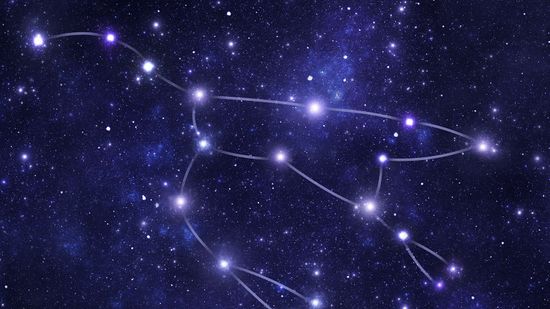
Twinkle, Twinkle: The Ultimate Stars Quiz

White Dwarfs Can Shred Planets to Pieces
Learn More / Page 4
Head's up, stargazers! Mark your calendars for the 22 must-see events this year.
News headlines talk about a rare green comet appearing in the sky. The comet itself is rare, but green comets, not so much. What makes some comets appear green?
February is a cold time of year, and the snow moon nickname pays homage to that. What are some other names for February's full moon and what do they mean? Plus, when can you see the snow moon?
Advertisement
April's pink moon isn't called pink because our beloved bright white moon suddenly takes on a rosy hue. So, why is it called the "pink moon"?
Native American tribes have called the May moon the flower moon for centuries. The name even inspired a best-selling novel and film.
The full moon in June is known as the strawberry moon. It's a sweet name, but how did the strawberry moon get its moniker, and what else is it called?
There are eight phases in the lunar cycle and the moon is in one of them every night. What are these phases of the moon?
Advertisement
The solar system's largest planet will pass closest to Earth at the same time it's at opposition. That means it will be the biggest and brightest it's been in the sky in decades.
In 2022, the full moon, called the hunter's moon, will occur Oct. 9. Why is it called that and when can you see it?
As the search for Planet Nine wears on, and astronomers have yet to get so much as a glimpse of it, researchers are pondering what else the object might be.
The Geminid meteor shower is one of the year's stronger displays in terms of number and size of meteors. When's the best time to see it?
Advertisement
The moon has seen a lot in its 4.5 million years of life, and this detailed geologic map serves as testament.
In 1953, CalTech geochemist Clair Patterson came up with an estimate for Earth's age that still holds today.
Check out this video of what astronauts in space see as the shadow of the moon crosses our planet.
And don't worry. Even if NASA misses, we'll be fine.
Advertisement
Every autumn, Earth passes through a stream of debris left by Halley's comet, resulting in some beautiful nighttime meteor showers called the Orionids. Here's what to watch for.
Everyone's heard of the blue moon and the harvest moon, but every other full moon of the year has a name, too. What are their names, and when do these moons occur?
Researchers at the Zwicky Transient Facility have found an asteroid in Earth's orbit. And this one has the shortest year yet.
Advertisement
Did you know that a moon can leave its orbit around a large planet and go out on its own?
Back in 2006, the International Astronomical Union decided to demote Pluto to the status of a dwarf planet. A historical study challenges that designation.
Astronomers have just discovered a gas in Uranus' clouds that does nothing to help the planet being taken seriously.
And if we're going to get technical about it, neither do those of us here on Earth.
Advertisement
Energized subatomic particles bombarding Earth from outer space can cause the electronics inside laptops, cell phones and other devices to crash.
How galaxies get their shapes and evolve is widely debated.
By Mark Mancini & Yara Simón
